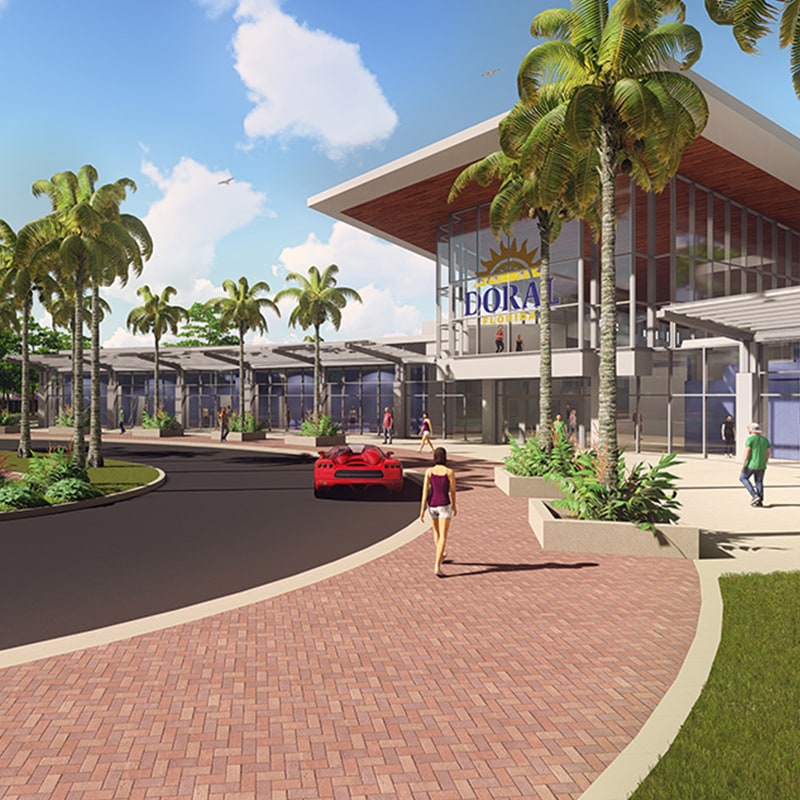5 Cutting-Edge Amenities in Community Recreation Design

Wednesday, February 17, 2021
Community recreation centers are a key component in a set of balanced services municipalities can offer their constituents. In its 2020 Engagement with Parks Report, the National Recreation and Park Association provided some statistics that speak to the necessity of quality community recreation spaces. Citizens visit their local park and recreation facilities more than twice a month, on average, with 1 in 10 visiting at least weekly, or even daily. Because of their heavy use, more than 4 in 5 people agree that parks and recreation is an essential local government service. An impressive 77% percent of U.S. adults consider high-quality park and recreation amenities important factors when choosing a new place to live. In addition to making a community a healthy, desirable place to live, community recreation centers also play a significant role in combating challenges that are a threat to many, including poor nutrition, hunger, obesity, and physical inactivity. Parks and Recreation Departments are in a unique position to be a source of ingenuity and adaptability for a community, providing amenities that cater to all demographics and abilities.
In considering how to best serve your community, our design experts developed a list of some of the most popular and up-and-coming amenities in community recreation that we have designed across the country.
- Esports are gaining more traction in the community recreation realm, spurred by the success of the industry in mainstream media. According to Insider Magazine, esports viewership is expected to grow at a 9% compound annual growth rate between 2019 and 2023, up from 454 million in 2019 to 646 million in 2023. Whether it is a simple game room outfitted with appropriate technology, a competition arena, or any space in between, providing a home for esports can draw community members of varying abilities and demographics (not just teenagers anymore!).
- The growth of public-private partnerships has transformed some recreation centers into comprehensive community wellness hubs that offer health-related services in addition to more traditional fitness components. Engaging a team of healthcare professionals to serve community members at a central location increases access to clinical care and health education. This service complements many Parks & Recreation Departments’ goal of promoting the holistic health and wellness of a community.
- Demonstration kitchens and nutrition centers are becoming more common as communities seek to incorporate cooking classes and nutrition education into their programming. Community kitchens make cooking accessible to everyone and can be valuable resources in delivering nutrition assistance and addressing nutritional disparities in a community. Demonstration kitchens can also work in tandem with other programming, such as community gardens and farms, to further educate the community on sustainable nutrition.
- Rooftop fitness areas and community porches are just a couple of the ways architects can maximize the space allotted for a community recreation facility and incorporate nature into design. Rooftop fitness spaces outfitted with functional training equipment allow community members to shake up their workout routine and enjoy a bird’s eye view of their community. Community porches can serve as dynamic outdoor dining, event, and relaxation spaces for groups of all ages to gather.
- Though community recreation facilities often serve as intergenerational gathering areas, generation-specific spaces ensure all community members have a home within the larger facility. When outfitted with appropriate technology, design, and safety features, childcare spaces, teen game rooms, and older adult living rooms effectively attract various groups to a facility.
To learn more about how we are enhancing communities through forward-thinking design, contact Erik Kocher at [email protected] or (314) 529-4004.